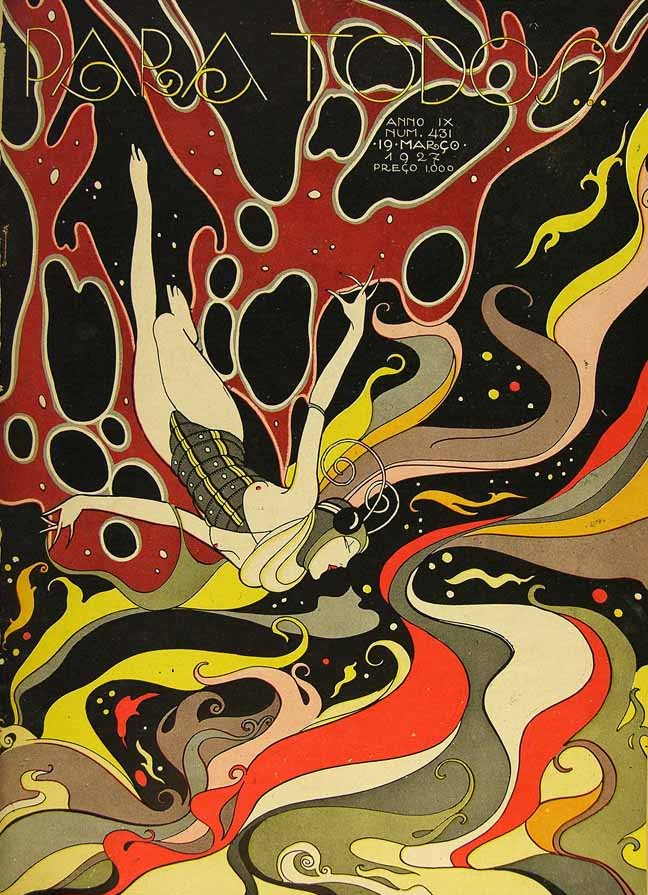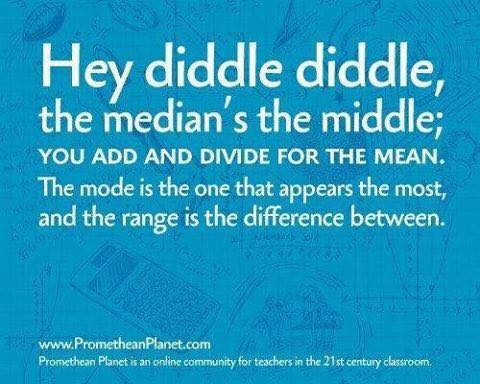Well I say everybody, but not everyone likes maths. But what about cool 80s maths like fractals? The Mandlebrot Set can be created in a few lines of computer code. But what are fractals?
Today in pulp I look at the Devil’s Polymer…
Now look at the pattern…
At least for a while…
More maths another time… #SaturdayMotivation




















